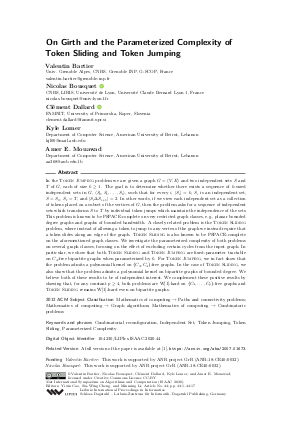LIPIcs.ISAAC.2020.44.pdf
- Filesize: 0.69 MB
- 17 pages

 Creative Commons Attribution 3.0 Unported license
Creative Commons Attribution 3.0 Unported license
















Feedback for Dagstuhl Publishing